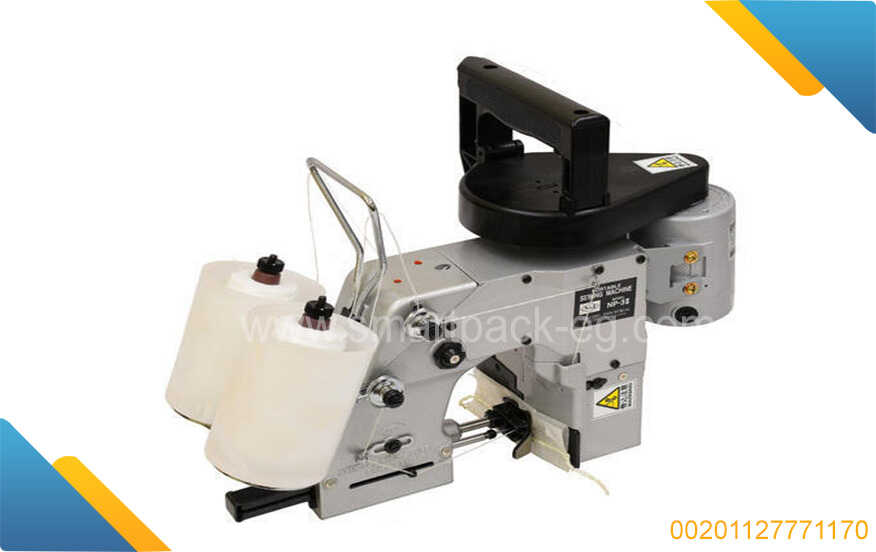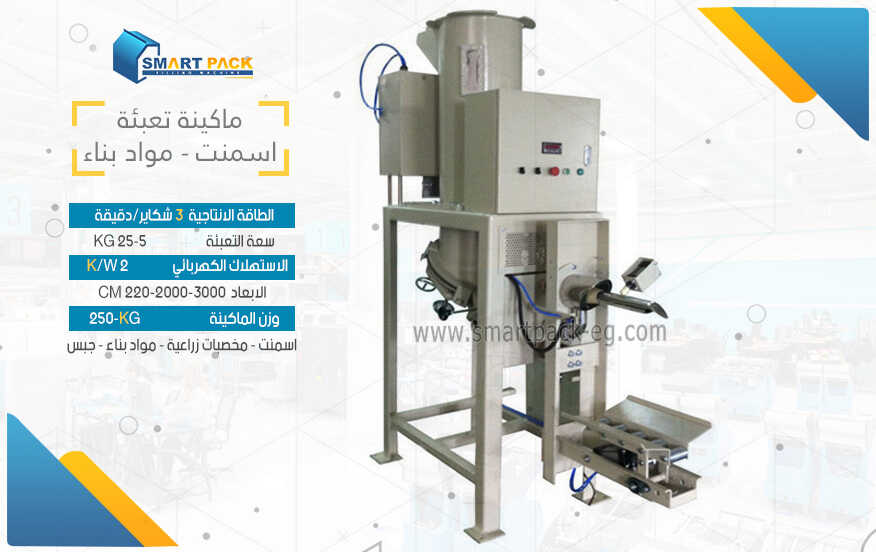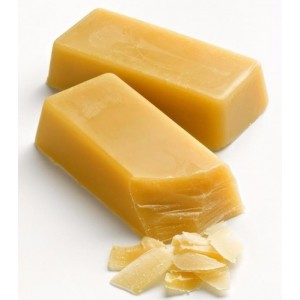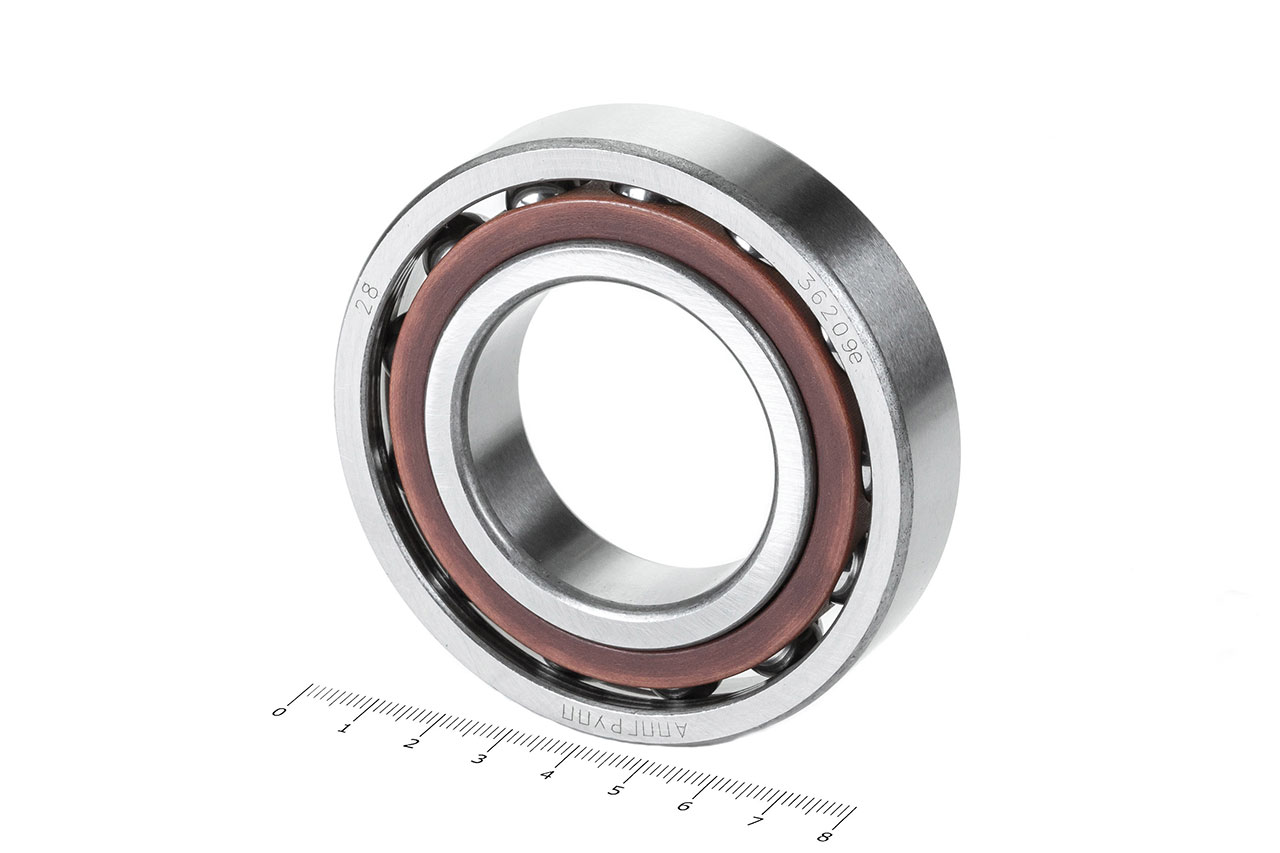Title: A Comprehensive Guide on Identifying Types of Plastic and Their Symbols from Plastic Packages
Introduction:
Plastics have become an integral part of our daily lives, but not all plastics are created equal. Different types of plastics have varying properties and uses, which is why it's important to identify them correctly. By familiarizing yourself with the symbols found on plastic packaging, you can easily determine the type of plastic and its recyclability. In this guide, we will provide you with simple steps to understand these symbols and make informed choices.
Step 1: Examine the Plastic Packaging
Start by carefully looking at the plastic package or product you wish to identify. Most plastics contain an identifying symbol, typically located at the bottom of the item. This symbol provides essential information about the plastic's type and recyclability.
Step 2: Identify the Plastic Resin Identification Code (RIC)
The identifying symbol for plastics is known as the Resin Identification Code (RIC) or recycling symbol. It consists of a chasing arrows triangle with a number inside. Each number represents a specific type of plastic resin. Here's a breakdown of the most common RIC numbers and their corresponding plastic types:
| RIC Number | Plastic Type | Common Uses |
|---|---|---|
| 1 | PET (Polyethylene | Water bottles, food containers |
| 2 | HDPE (High-Density | Milk jugs, laundry detergent bottles |
| 3 | PVC (Polyvinyl Chloride) | Pipes, credit cards, packaging |
| 4 | LDPE (Low-Density | Plastic bags, squeeze bottles |
| 5 | PP (Polypropylene) | Yogurt containers, bottle caps, food tubs |
| 6 | PS (Polystyrene) | Cups, disposable food containers |
| 7 | Other Plastics | Miscellaneous plastics, composite materials |
Step 3: Understand the Recycling Symbol's Circles
In addition to the RIC number, some plastic packaging may feature additional symbols or circles. These circles indicate the plastic's recyclability. Let's explore the most common circular symbols and their meanings:
-
Circle with a number (1-7): Known as the SPI Code, it denotes the resin type. Not all plastics with a recycling code are recyclable, so check with your local recycling facilities for accepted materials.
-
Circle with arrows: This symbol represents that the packaging or product is recyclable. However, the absence of this symbol doesn't necessarily mean it's not recyclable. Check with your local recycling guidelines for clarity.
Step 4: Assess the Presence of Environmental Labels
Some plastic packaging may carry environmental labels like "Oxo-degradable," "Biodegradable," or "Compostable." These labels imply specific environmental attributes but require further investigation as their meanings may vary globally. Understand that these labels do not necessarily indicate recyclability.
Step 5: Educate Yourself
To increase your knowledge about plastic identification and recycling, stay updated on local recycling guidelines, waste management practices, and environmentally friendly alternatives. Seek information from certified authorities, government websites, and reliable sources in your region.
Conclusion:
Understanding the symbols and codes on plastic packaging empowers you to make conscious choices about recycling and proper disposal. By becoming familiar with these indicators, you can select plastic products that align with your values of sustainability and contribute to a greener future. Remember, responsible plastic usage starts with knowledge!

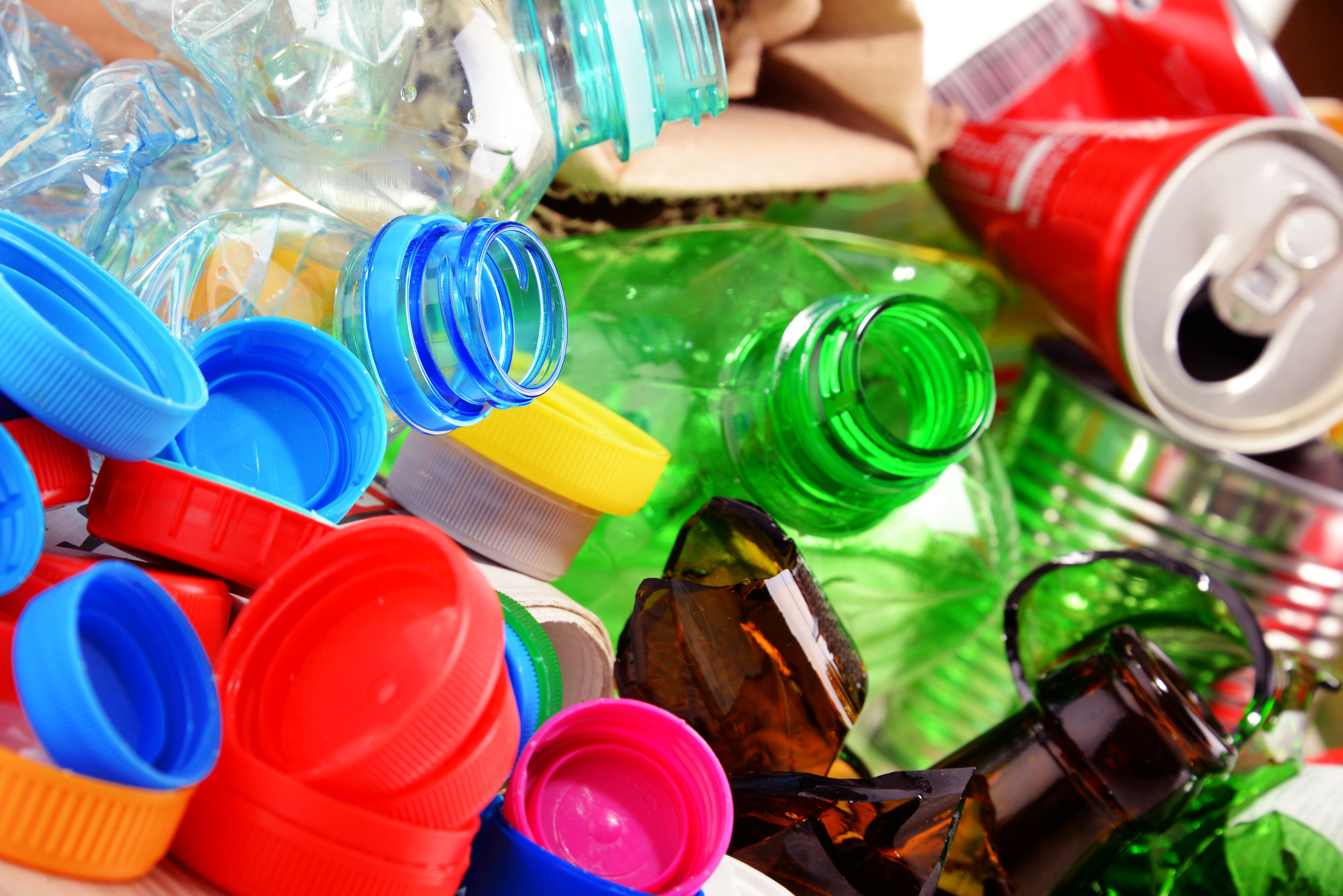
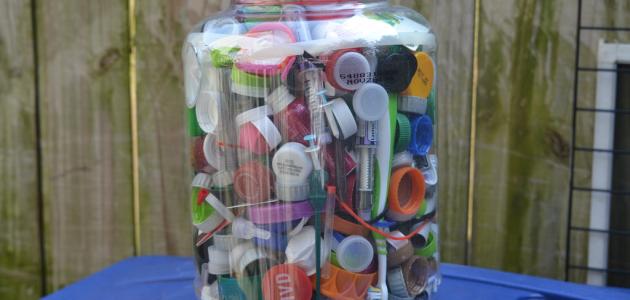
 Admin
Admin 